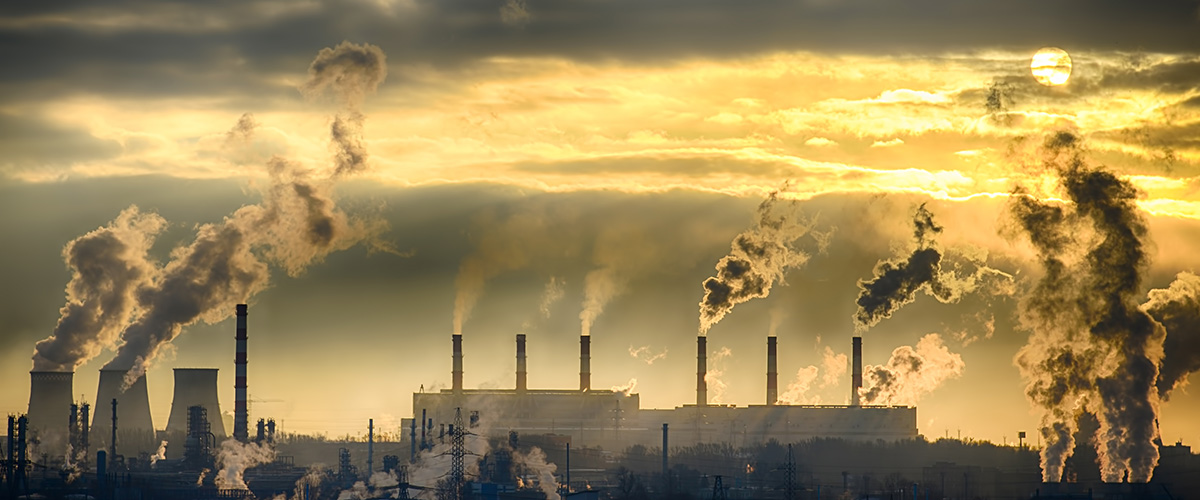What do rising debt levels and the pandemic have to do with climate change?
For developing countries, these three factors are significant. In the wake of the pandemic, climate change weighs heavily on small developing countries. Already in debt, they lack the funds to protect their cities and farming communities against rising sea levels and increasingly volatile natural disasters such as flooding and droughts.
The Debt Service Suspension Initiative (DSSI), a program implemented during the pandemic to soften the blow of social services and related healthcare costs, ended in December 2021. DSSI was available only to countries with developing economies. The program, which started in April 2020, has provided 10.3 billion in relief to 46 countries, but it only extended debt repayments during the pandemic. The Maldives, Angola, Pakistan, Myanmar and many other countries now grapple with compounding debt from this temporary solution.
Unfortunately, the DSSI did not protect against rising insolvencies, thus leaving businesses to scramble to stay afloat in the short term. The International Monetary Fund (IMF) and G20 introduced the “Common Framework” in its place. If approved, an expansion of its remedies could include climate change mitigation. Many of these countries share the lowest carbon footprint but are impacted the most by climate change. Our report “Debt-For-Climate: Hitting Three Crises with One-Shot?” weighs in on the challenges and opportunities this program can offer by swapping debt for climate – an attractive tool for both the debtor country and creditors.

